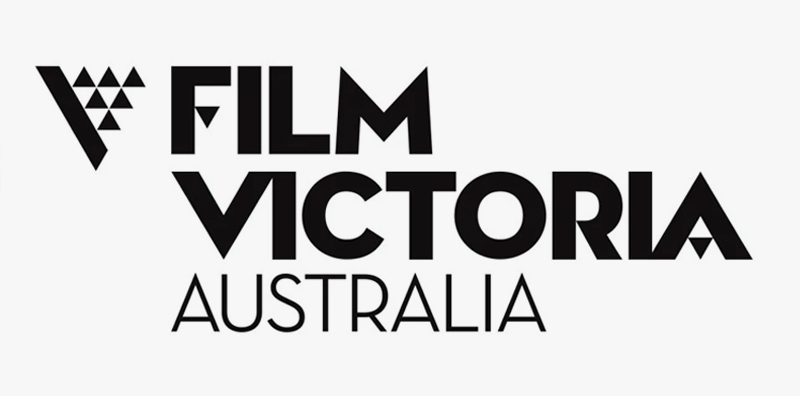Accessibility criteria in funding programmes
Encouraging accessibility through making it a condition of receiving grant funding

In 2011 the SIG was approached by Film Victoria, a government body in Australia who provide a significant portion of the local industry’s financial backing.
They also fund other types of media, and for those already had accessibility requirements – for example you cannot receive funding for a movie unless it will be captioned. But had nothing for games, and wanted to address this.
The SIG and Film Victoria developed an approach consisting of a list of common considerations, and a simple question – if you’re considering any of these, or anything else, tell us. If you aren’t, tell us why not. This has been an incredible success, with 100% of studios applying for funding between 2011 and 2018 submitting accessibility plans.
The funding is provided at prototype stage, meaning that developers are thinking about accessibility at a stage where they’re most able to implement it, and the feedback to these extra criteria from developers was entirely positive – people happy to have been given the extra push and extra guidance.
Follow this Australia’s national media funding body at the time, Screen Australia, adopted a similar approach in 2013. And after several years of SIG advocacy efforts with them criteria were adopted in the European Union’s Creative Europe funding programme in 2014; though quite a different approach, a high level single criteria for accessibility to be considered, and that allocated a fixed percentage of the scoring of submissions.
Advocacy in this area has continued, with other bodies currently interested, and we have also since worked with Film Victoria on a 2015 refresh of their original criteria, to update the list of features considered and add detail on implementation.
